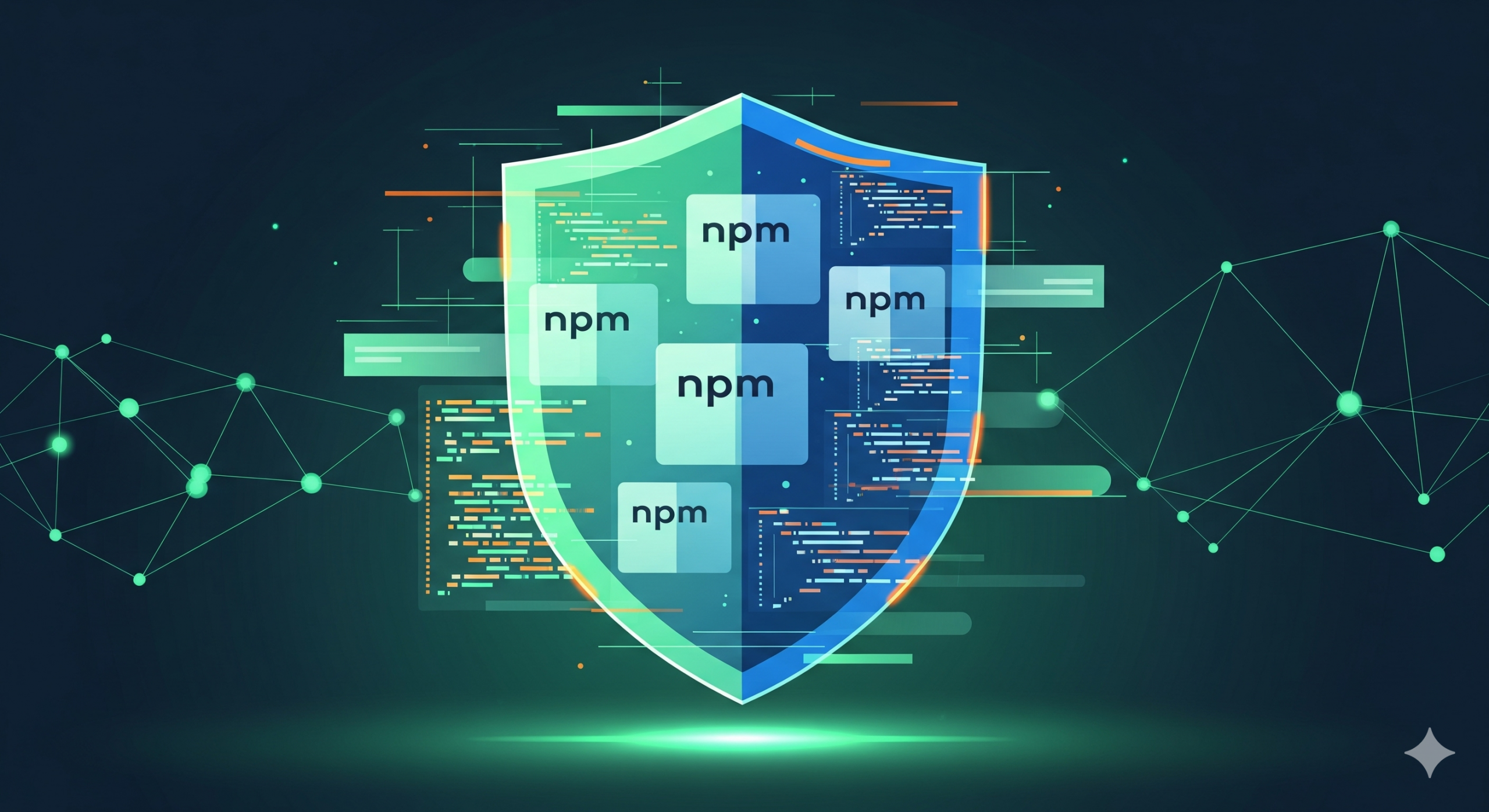Introduction
On September 8, 2025, the Node.js ecosystem faced one of the largest supply-chain attacks in npm history. Popular packages like debug and chalk were temporarily compromised and published in malicious versions. Given their massive adoption, this incident raised alarms across the open-source community.
Although the malicious packages were live for only about two hours, billions of potential downloads were at risk, proving once again how fragile the software supply chain can be.
How the Attack Happened
- Phishing the maintainer: The attacker targeted the maintainer “Qix” with a fake 2FA reset email, gaining access to their npm account.
- Publishing malicious versions: Compromised versions of highly popular npm packages were released, including
debugandchalk. - Malicious payload: The injected code attempted to intercept cryptocurrency wallet transactions in browsers by silently redirecting wallet addresses.
- Exposure window: The packages were available for roughly two hours before being removed.
Why It Mattered
The affected packages are deeply embedded in the Node.js ecosystem. Even if developers did not install them directly, they may have received the malicious versions transitively as dependencies of other packages.
- Billions of weekly downloads were at risk.
- The attack showed how a single compromised maintainer account can impact the entire ecosystem.
- Although damage reports remain limited, the incident highlights how supply-chain attacks are evolving.
Real-World Lessons
1. Human factors are critical
Even with technical protections, phishing remains a top entry vector. Attackers tricked the maintainer into handing over credentials.
2. Dependencies are trust
When you install an npm package, you trust the maintainer, their account security, and everyone else in the chain of dependencies.
3. Speed of response matters
The quick removal of compromised packages limited the fallout. Monitoring and fast incident response are key in open-source security.
How to Protect Yourself and Your Projects
- Enable strong 2FA on all developer and maintainer accounts.
- Audit dependencies regularly using
npm audit, SCA tools, or SBOMs (Software Bill of Materials). - Lock dependencies with package-lock.json or yarn.lock to avoid automatic upgrades to malicious versions.
- Use monitoring tools (e.g., GitHub Dependabot, Snyk, JFrog Xray) for real-time alerts on compromised packages.
- Train teams to recognize phishing emails targeting developer accounts.
Case Study Takeaway
This attack reminds us: security is only as strong as the weakest link. In this case, a single maintainer account compromise put millions of projects at risk. Developers and organizations need to view supply-chain security not as optional, but as a core part of software development.
Conclusion
The September 2025 npm attack was contained quickly, but it could have been catastrophic. The lesson is clear: phishing, dependency trust, and account security are the new frontlines of cyber defense. By hardening your own processes and tools, you can reduce the risk of falling victim to the next supply-chain attack.

